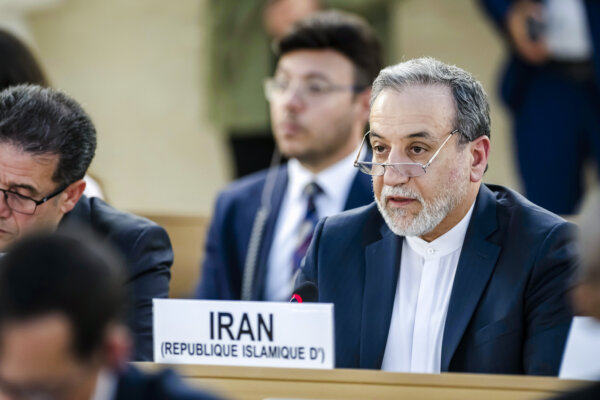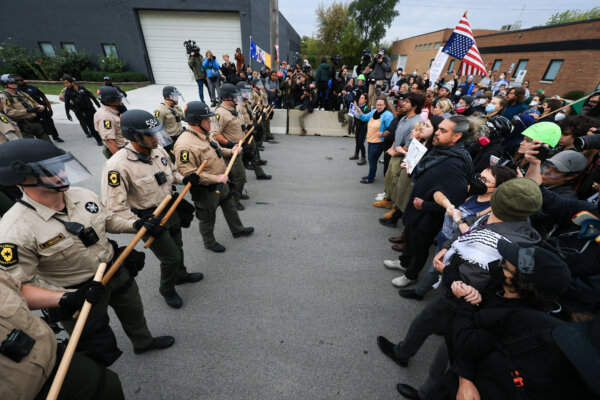Iran’s foreign minister, Abbas Araghchi, told Iranian state television on Thursday that the country is still surveying damages and losses that were incurred in the U.S. strikes, which targeted three nuclear facilities that officials say were being used to enrich uranium. The facilities were Fordow, Natanz, and Isfahan.
“I must say that the damage is excessive and serious,” he said of the targeted Iranian nuclear facilities, according to an English translation. He did not provide specific details on what was damaged in the strikes.
Araghchi added that Iran had not yet decided whether to allow International Atomic Energy Agency (IAEA) inspectors to assess the damage, but they would be kept out of the facilities for now.
Earlier in the week, Iranian Foreign Ministry spokesman Esmail Baghaei told Al Jazeera television that “our nuclear installations have been badly damaged, that’s for sure.” He did not go into detail about what kind of damage was incurred.
“Anyone who heard his remarks could sense that behind those words lay a very different truth,” Khamenei said, referring to the American airstrikes. “They failed to achieve their objectives, and they inflated their claims to conceal the reality.”
“The devastating U.S. strike on Fordow destroyed the site’s critical infrastructure and rendered the enrichment facility inoperable,” the statement said. “We assess that the American strikes on Iran’s nuclear facilities, combined with Israeli strikes on other elements of Iran’s military nuclear program, have set back Iran’s ability to develop nuclear weapons by many years.”
The head of the IAEA, Rafael Mariano Grossi, said that Iran’s nuclear facilities “suffered enormous damage” during the U.S. bombing campaign as well as from Israeli strikes.
“What I can tell you, and I think everyone agrees on this, is that there is very considerable damage,” he said, speaking to French broadcaster RFI.
U.S. officials, including Defense Secretary Pete Hegseth and President Donald Trump, have said that Iran’s nuclear facilities have been totally destroyed.
However, questions remain as to whether the highly enriched uranium that Iran would need to develop a nuclear weapon was on-site at the time. When asked about whether the Iranian uranium was moved before the strikes, Hegseth said he hasn’t received any confirmation that it was moved elsewhere.
This week, Iran insisted that it will not give up its nuclear program. In a vote underscoring the tough path ahead, its parliament agreed Wednesday to fast-track a proposal that would effectively stop the country’s cooperation with the IAEA, which has monitored the program for years.











